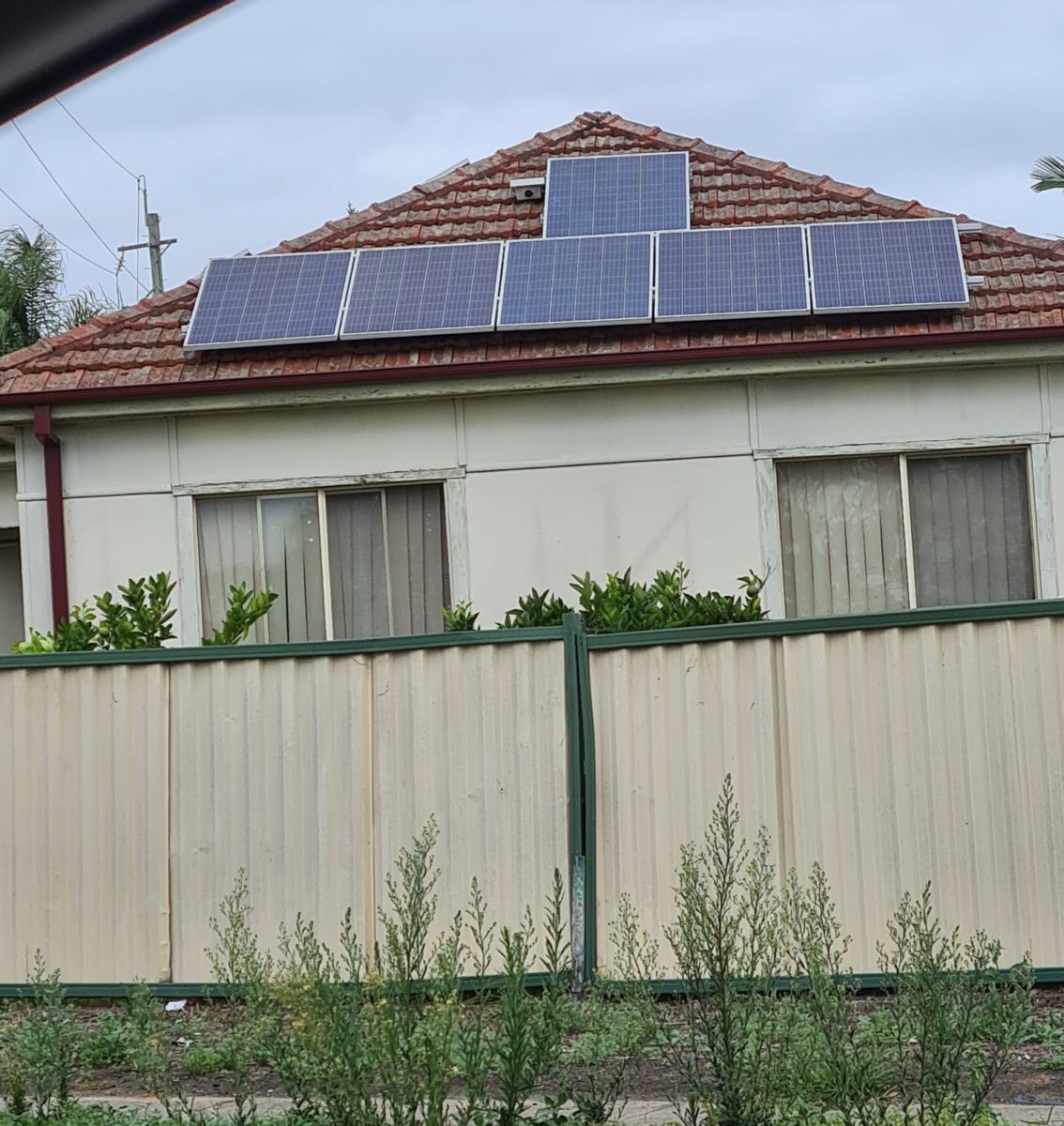Fronting hundreds of enquiries every month from Australians with underperforming or just plain broken PV systems, Solaray director Jonathan Fisk believes that while hyper-competitiveness in Australia’s solar industry has led to extremely cheap prices for consumers, it is often to their detriment. In other words, competition can drive down quality as much as it can prices.
“A lot of the problems we’re seeing are cheap products, cheaply installed. This leads to very poor results for everyone,” Fisk told pv magazine Australia.
“Over time, these systems start degrading or failing, leaving many consumers with no recourse or remedy as often the installers have long since left the market.”
The easy come, easy go solar landscape, which Fisk believes is also a product of hyper competition, continues to plague the industry, even as it matures. “To a large degree, it’s as much of an issue now as it ever has been.”
“The cost of entry of setting up a solar company is negligible. Put up a good website, claim to be Australia’s leading solar installer with years of experience and there’s no recourse around that.
“If we go back a handful of years, Australia’s largest solar installer is no longer trading and we’ve seen this happen three or four times over the last six or seven years. And generally the largest installer in Australia is the one that sells systems at the cheapest possible price, or at least advertises the cheapest possible price.”
In their wake, these companies leave ordinary Australians to pay the price for cost-and-corner cuttingly cheap solar.
The solar industry’s notoriously difficult-to-collect warranties also play into this issue. While most modules come with generous warranties, actually cashing those in when something goes wrong ranges from extremely difficult to straight up impossible, especially if the retailer the customer used are no longer in the game.
While Australians disgruntled with their PV systems make up about 20% of the enquiries Solaray receives, Fisk says there’s little the company can do apart from ripping out the old system. “If the system is of poor quality or has been installed cheaply in the first place, trying to fix it is often just pouring good money after bad,” Fisk said.
With rooftop solar setting new records in Australia, Fisks suspects the trend is only going to worsen in time.
“This has been building over a number of years, but today it is more prevalent than it has been because the number of solar systems that have gone in over the last five years is infinitely higher than it was the previous five years.”
As for how widespread Fisk’s experience is, the Solaray director couldn’t definitively say. “I can’t speak for other people, but among my colleagues it seems very common.”
The remedy? Fisk says its as simple properly designed and installed systems, and the increased use of Module-level power electronics (MLPE) products. “Those will last 30 years and we don’t end up with a whole bunch of landfill.”
This content is protected by copyright and may not be reused. If you want to cooperate with us and would like to reuse some of our content, please contact: editors@pv-magazine.com.









1 comment
By submitting this form you agree to pv magazine using your data for the purposes of publishing your comment.
Your personal data will only be disclosed or otherwise transmitted to third parties for the purposes of spam filtering or if this is necessary for technical maintenance of the website. Any other transfer to third parties will not take place unless this is justified on the basis of applicable data protection regulations or if pv magazine is legally obliged to do so.
You may revoke this consent at any time with effect for the future, in which case your personal data will be deleted immediately. Otherwise, your data will be deleted if pv magazine has processed your request or the purpose of data storage is fulfilled.
Further information on data privacy can be found in our Data Protection Policy.